Training your dog can be one of the most rewarding experiences—but only if you’re using the right approach. One of the most effective ways to reinforce positive behavior is by using dog treats for training. But not all treats are created equal. From understanding the best types to how and when to use them, this guide will help you train smarter and strengthen your bond with your furry friend.

Why Use Treats for Training?
Dogs respond incredibly well to positive reinforcement. When they perform a desired behavior and receive a reward (like a tasty treat), they're more likely to repeat that behavior. It's a simple yet powerful method that taps into your dog’s natural instincts.
What Makes a Good Training Treat?
When choosing dog treats for training, consider the following:
-
Size: Smaller treats are ideal because they can be given frequently without overfeeding.
-
Smell and Taste: Dogs are motivated by strong scents and flavors. The smellier, the better!
-
Low-Calorie Options: Since training often involves giving multiple treats, opt for low-calorie ones to avoid weight gain.
-
Easy to Handle: Treats shouldn’t crumble or be difficult to break apart.
Types of Dog Training Treats
-
Soft Chews – Perfect for quick consumption and maintaining momentum during training.
-
Freeze-Dried Meats – Natural and nutrient-rich, these treats are often a hit with picky eaters.
-
Homemade Treats – Great for dogs with allergies or dietary restrictions.
-
Store-Bought Training Treats – Specially formulated for training, these are typically small, tasty, and easy to carry.
Training Tips Using Treats
-
Timing Is Everything: Give the treat immediately after your dog performs the correct action.
-
Be Consistent: Use the same treat or command consistently to avoid confusing your dog.
-
Use a Variety: Rotate treats to keep your dog interested and excited.
-
Gradually Reduce: As your dog learns, transition from treats to verbal praise or petting.

Frequently Asked Questions
What are the best dog treats for training puppies?
Look for soft, easy-to-digest treats that are gentle on sensitive puppy stomachs. Freeze-dried liver or tiny training bites work great.
Can I use human food as training treats?
Yes, in moderation. Small pieces of cooked chicken, cheese, or carrots can be excellent motivators—just ensure they're safe and dog-friendly.
How many treats are too many?
It depends on your dog’s size and calorie needs. Treats should make up no more than 10% of their daily diet. Always adjust their regular meals accordingly.
What if my dog isn’t food motivated?
Try higher-value treats like freeze-dried beef liver or use toys and affection as alternate rewards.
Final Thoughts

Using the right dog treats for training can significantly enhance your dog’s learning experience. It’s not just about bribing them—it’s about rewarding and reinforcing good behavior in a way that makes sense to them. Whether you're raising a well-mannered puppy or refining your older dog’s skills, the right treat can make all the difference.
Remember: Training should be fun, consistent, and full of positive vibes—for both you and your dog. Happy training!



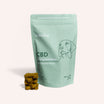

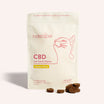
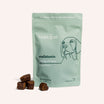
![Probiotics For Dogs [Soft Chews] - HolistaPet](http://www.holistapet.com/cdn/shop/files/Probiotic-Infographic-1_472d7a29-e30c-435a-9638-1365d8c3a9f9.jpg?v=1725384841&width=104)
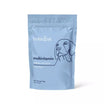
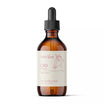
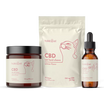
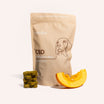
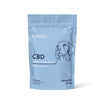


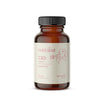
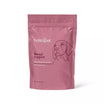
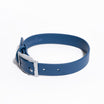
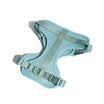
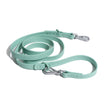
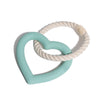
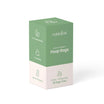
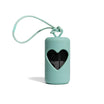



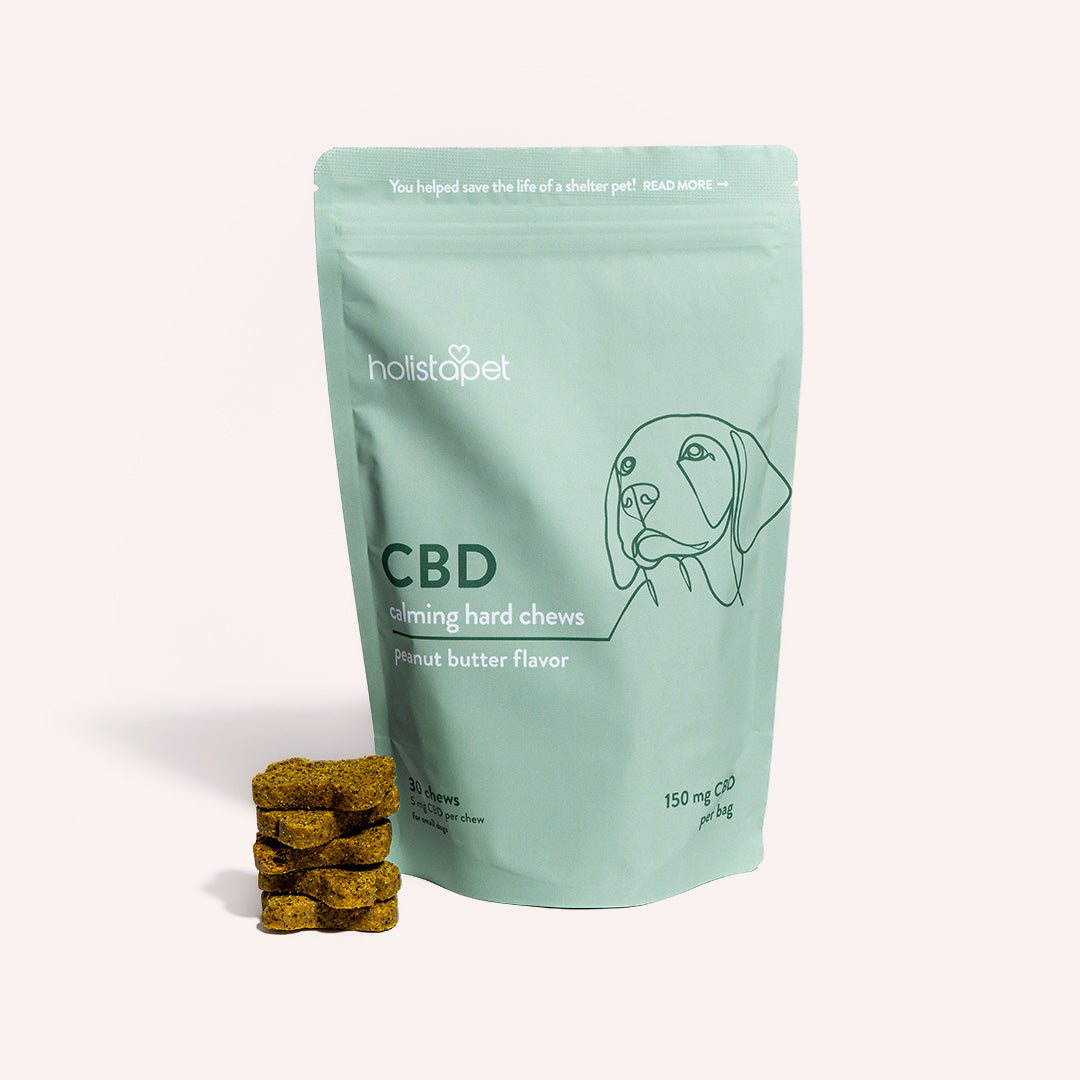

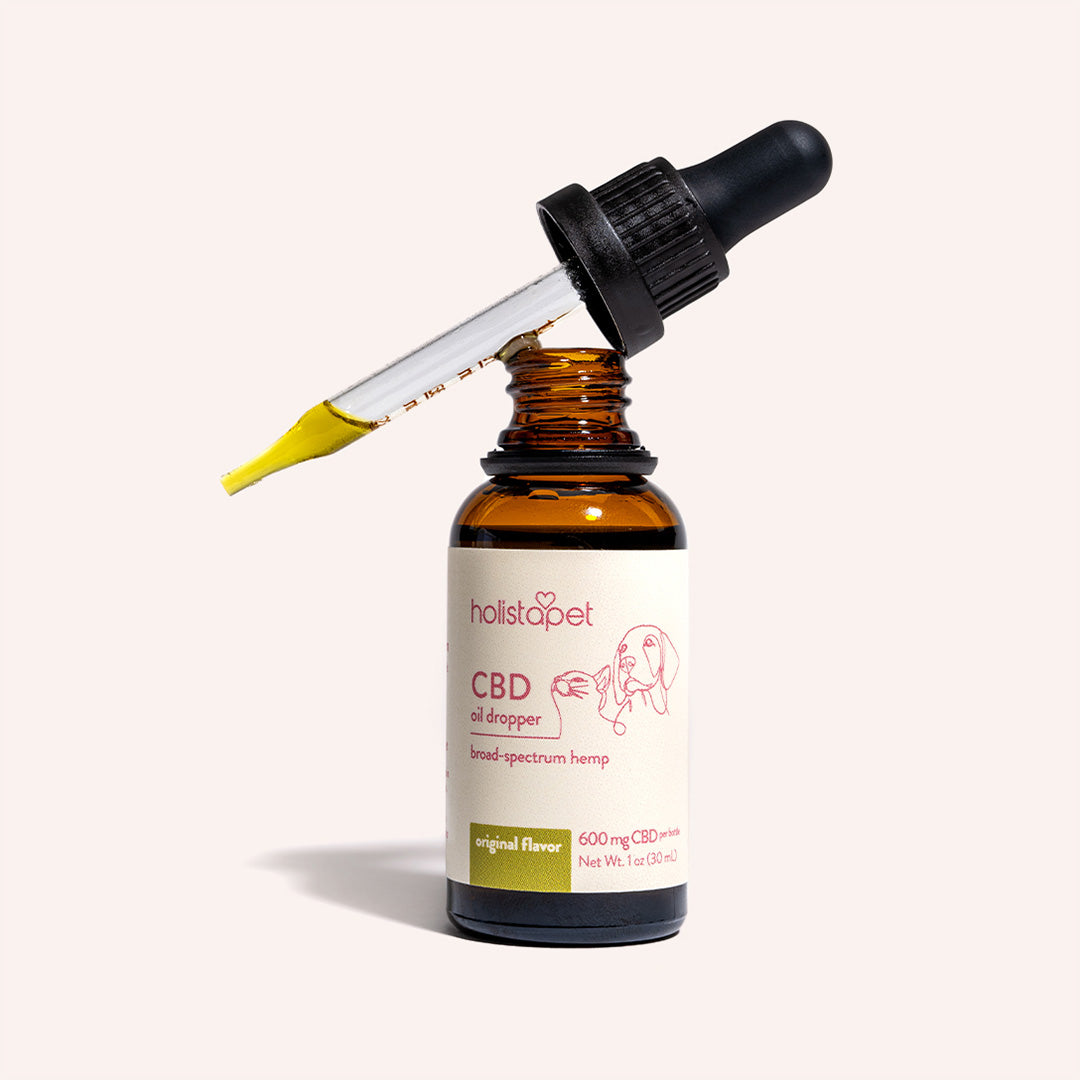
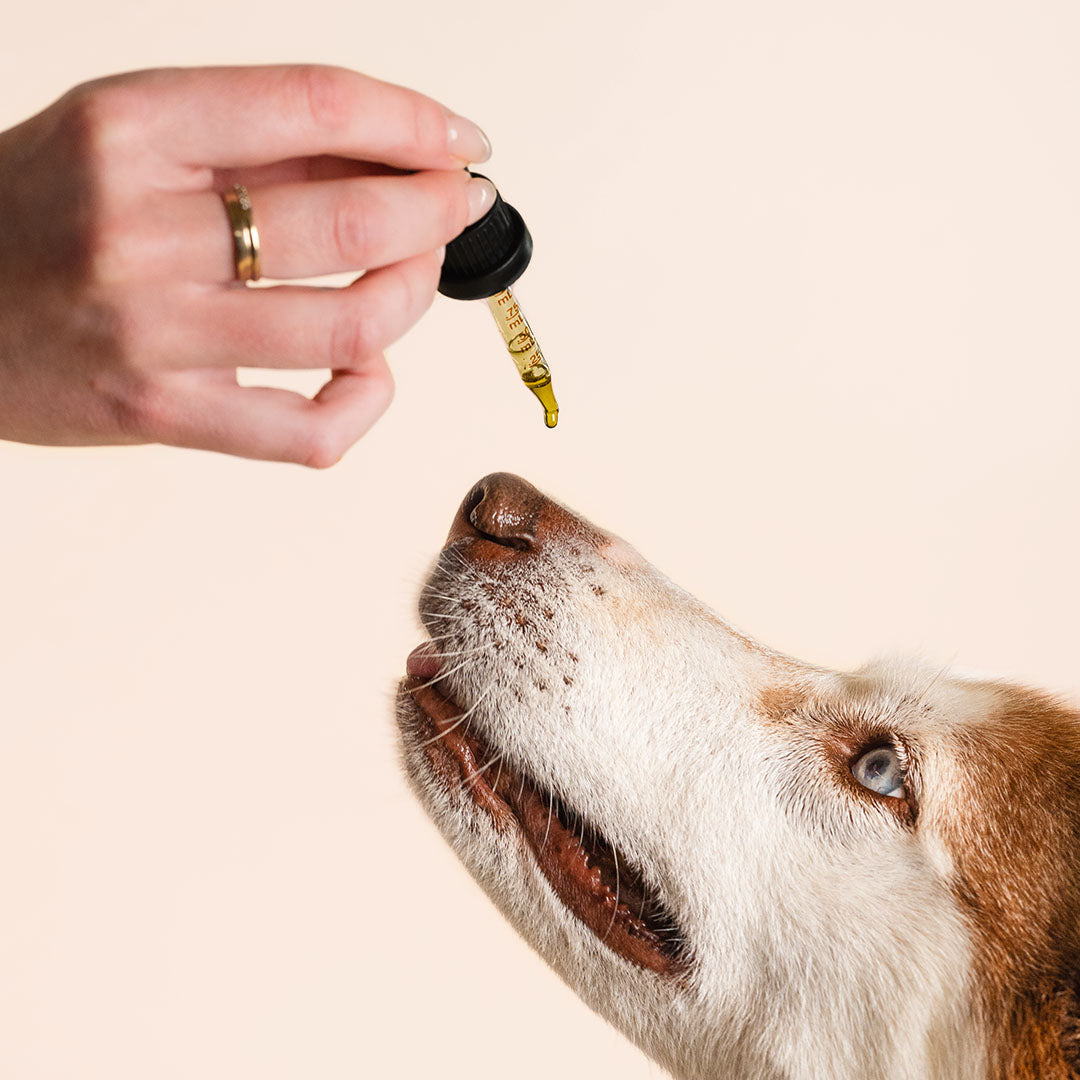

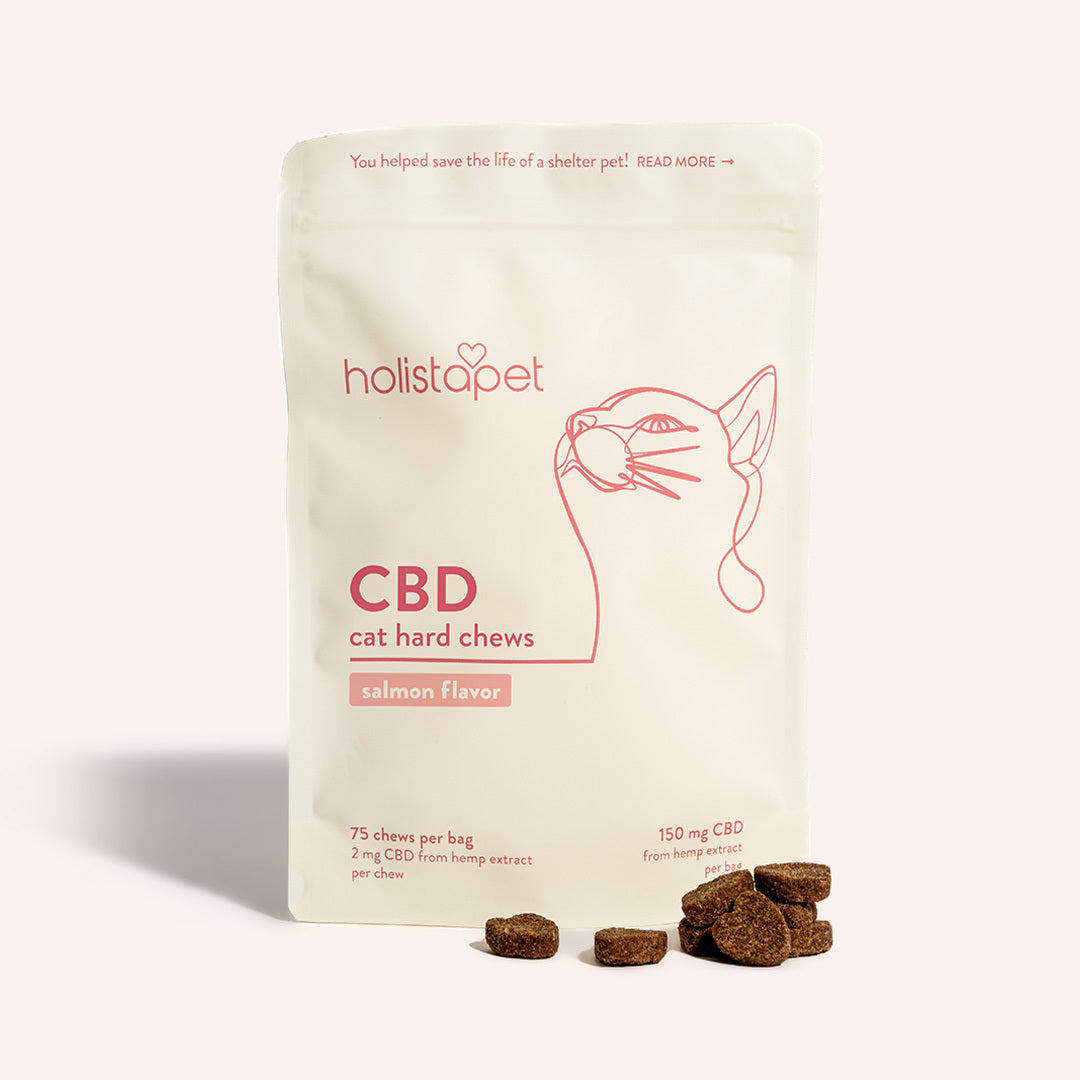
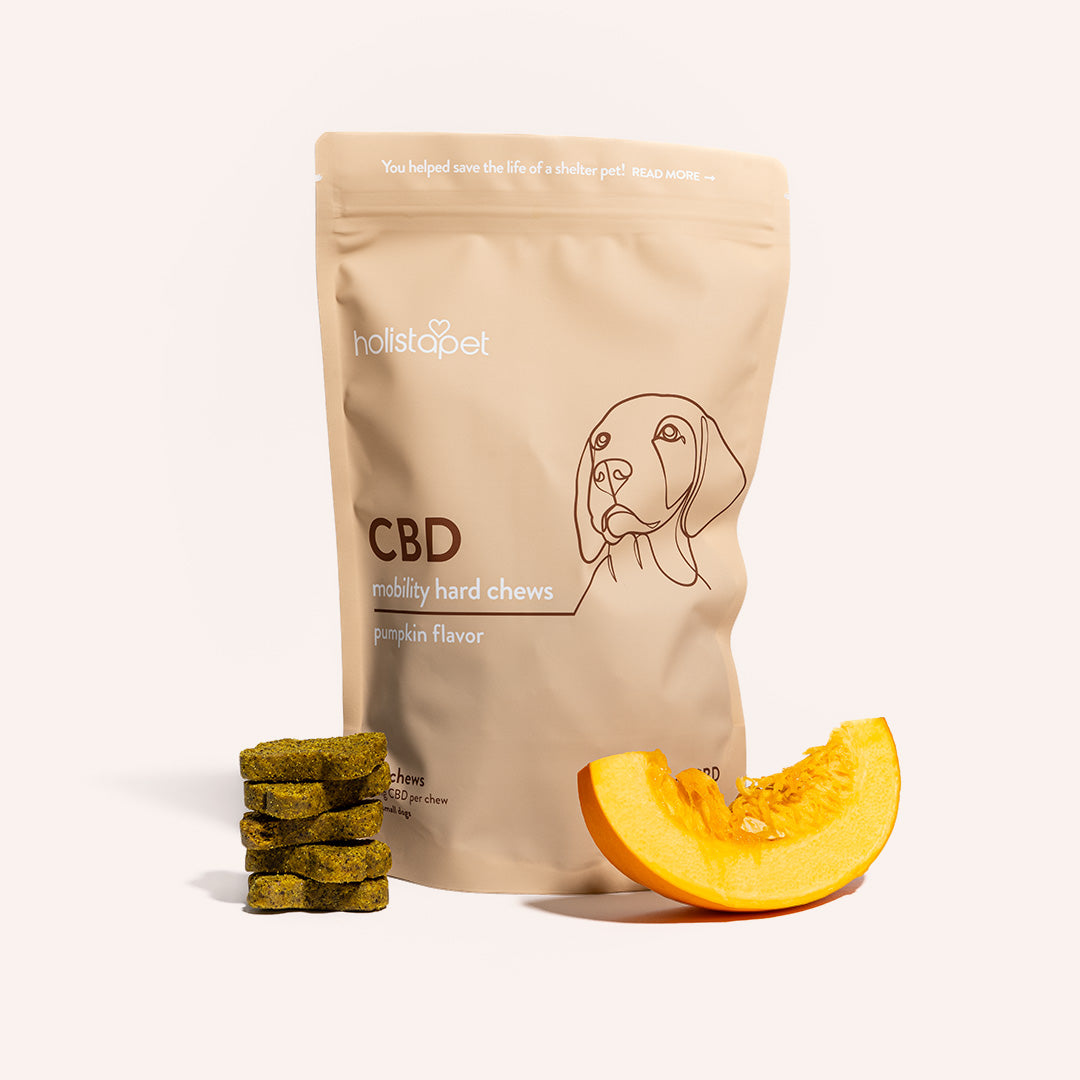


Leave a comment
This site is protected by hCaptcha and the hCaptcha Privacy Policy and Terms of Service apply.